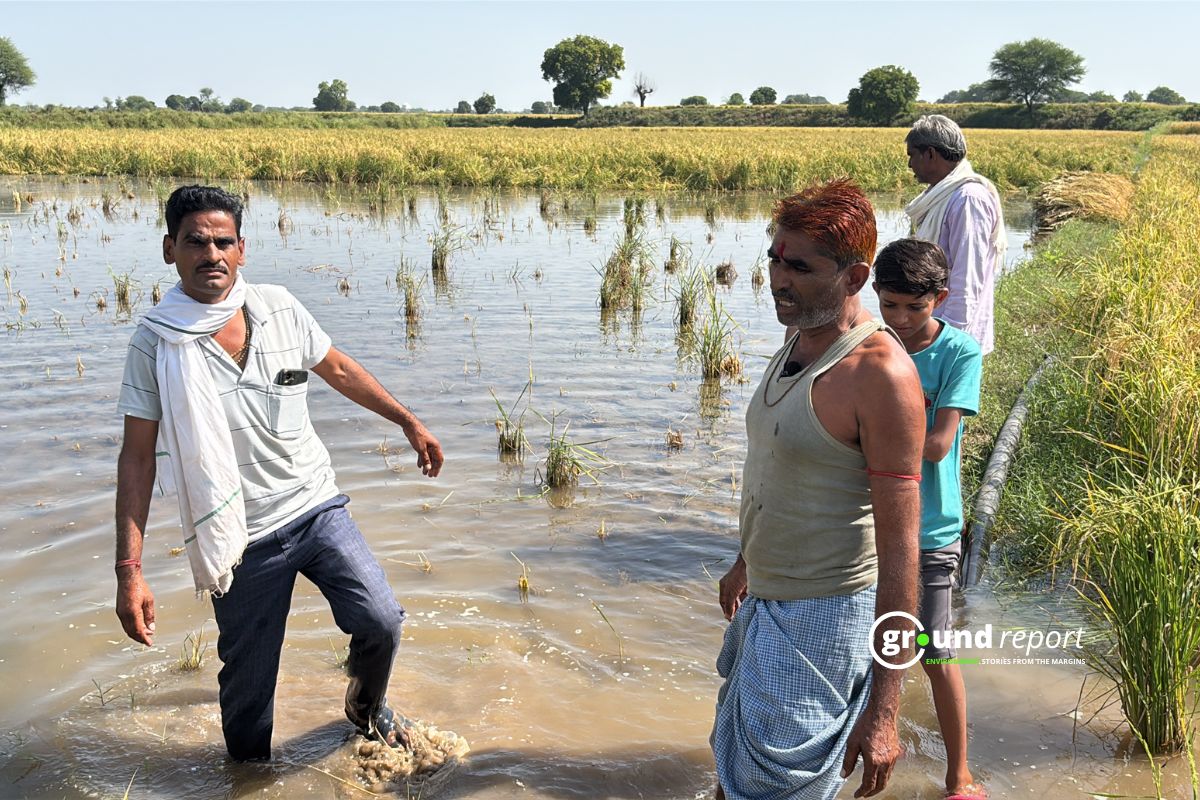A study published in the PLOS Climate magazine, 12 countries in the world, including Colombia, Brazil and Peru, account for 90% of the world’s coffee production
Between 1980 and 2020, according to the researchers, the challenges for its production have increased due to temperature variations. From 1980 to 2000 with a tendency to present lower temperatures, and from 2000 to 2020 with a tendency to increase these.
The occurrence of climatic phenomena such as La Niña or El Niño, characterized respectively by the cooling and warming of the areas in which they occur, would increase the risk of a decrease in coffee production.
In addition, the investigation found that, from 2010 to 2020, these phenomena began to appear more frequently in a compound manner. This affects variably, either with the increase in rainfall or the increase in temperatures, the growing seasons of the crops, or those in which it is harvested.
An impact on the production of coffee, a product that is widely in demand worldwide, could generate strong changes in its sale prices and in the amount available for consumption. According to the authors, each year the risk of this happening will be higher since the frequency of these climatic phenomena is expected to increase.
Impact of Synchronous Climate Hazards on Coffee
Synchronous climate hazards, such as droughts, floods, heatwaves, and pests, can have a severe impact on coffee production, affecting the quality, quantity, and price of coffee beans. Coffee is a sensitive crop that requires specific climatic conditions, and any deviation from the optimal conditions can reduce yields and quality.
Drought is one of the most significant climate hazards that can affect coffee production. Drought can cause water stress in coffee plants, reducing the growth rate and yield of coffee beans. Drought can also lead to pest infestations, such as coffee berry borer, which can cause significant damage to coffee crops.
Floods can also have a severe impact on coffee production. Floods can damage coffee trees, erode soil, and increase the risk of pests and diseases. In addition, floods can lead to soil erosion, which can reduce the fertility of the soil, and affect coffee production in the long term.
Heatwaves can also be a significant climate hazard for coffee production. Coffee trees are sensitive to high temperatures, and prolonged exposure to heat waves can lead to leaf loss, reduced growth rate, and a decline in yield. In addition, high temperatures can also increase the risk of pests and diseases, further affecting coffee production.
Pests, such as coffee berry borers, can also have a severe impact on coffee production. These pests can cause significant damage to coffee crops, reducing yields and affecting the quality of the coffee beans.
Support us to keep independent environmental journalism alive in India.
Keep Reading
What is Green Hydrogen? Could it change energy in South Asia?
Blue hydrogen is worst for climate: study
How Increasing space traffic threatens ozone layer?
Hydro Fuel Market: India’s current scenario and the future ahead
Natural Gas is a Misleading term, It is not Natural and clean at all
Follow Ground Report on X, Instagram and Facebook for environmental and underreported stories from the margins. Give us feedback on our email id greport2018@gmail.com.
Don’t forget to Subscribe to our weekly newsletter, Join our community on WhatsApp, and Follow our YouTube Channel for video stories.









